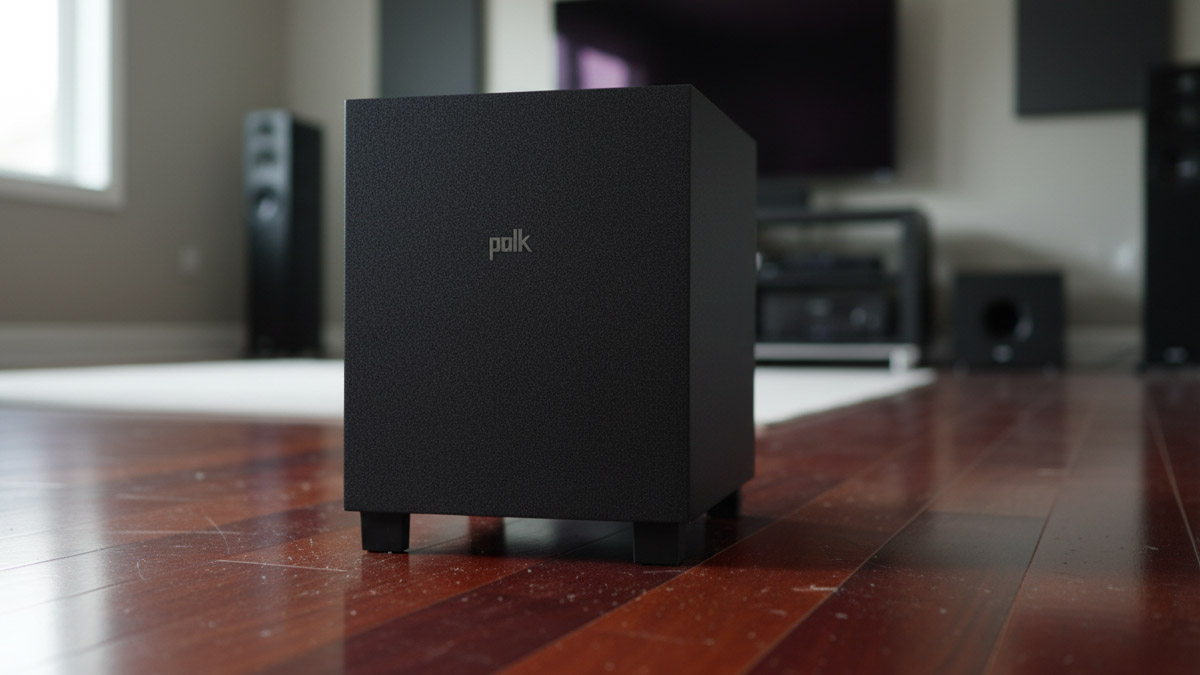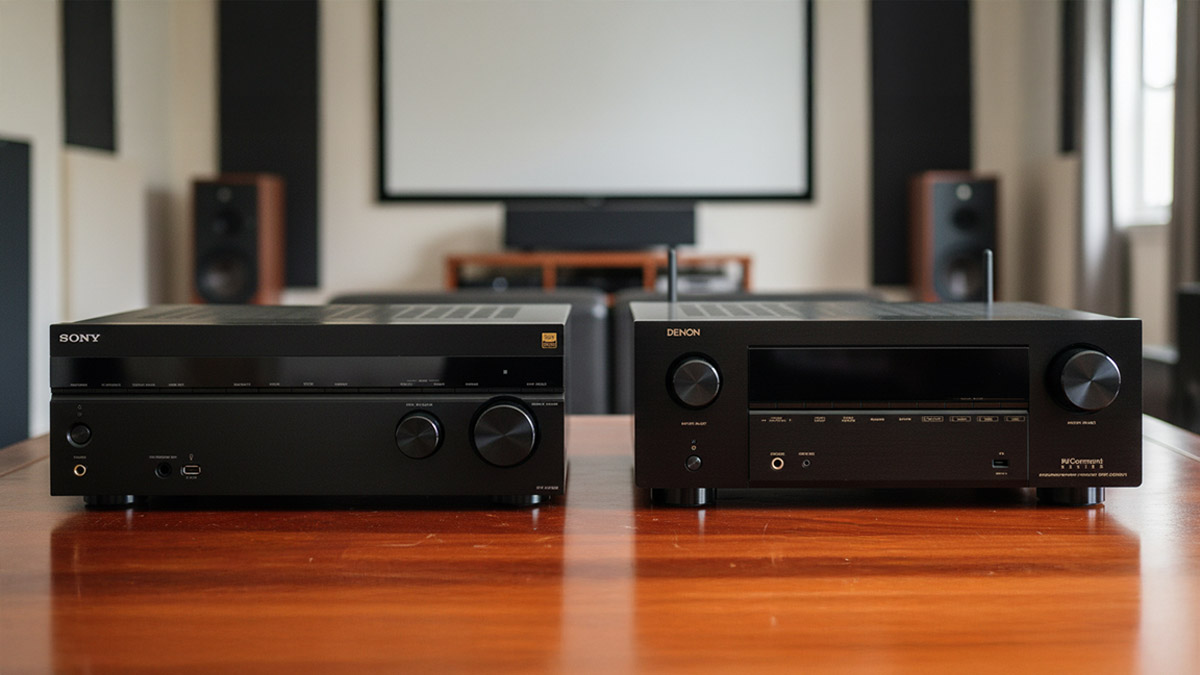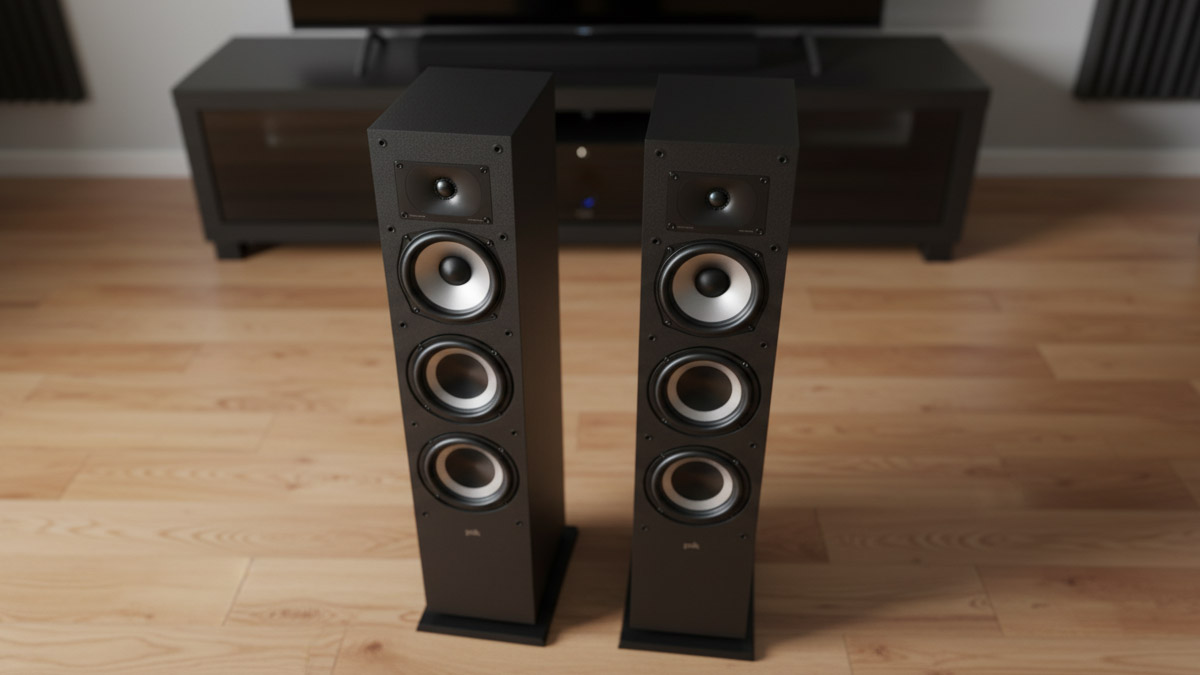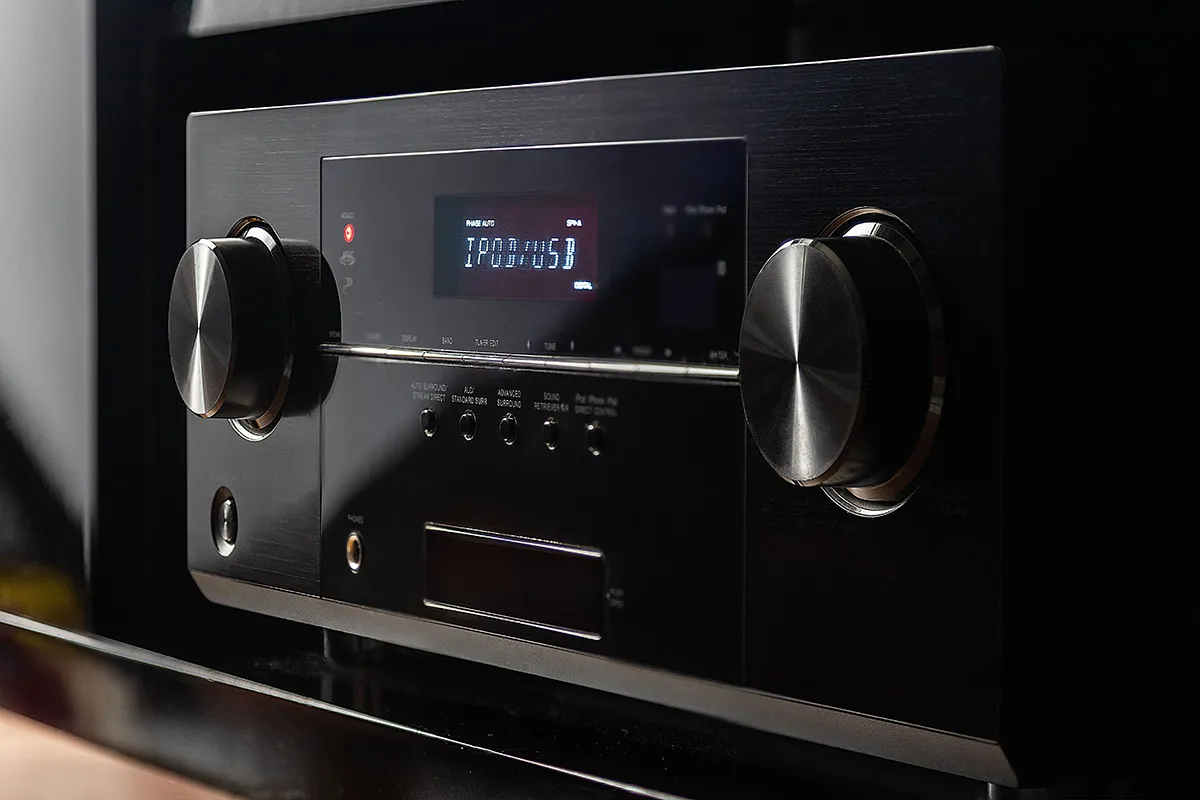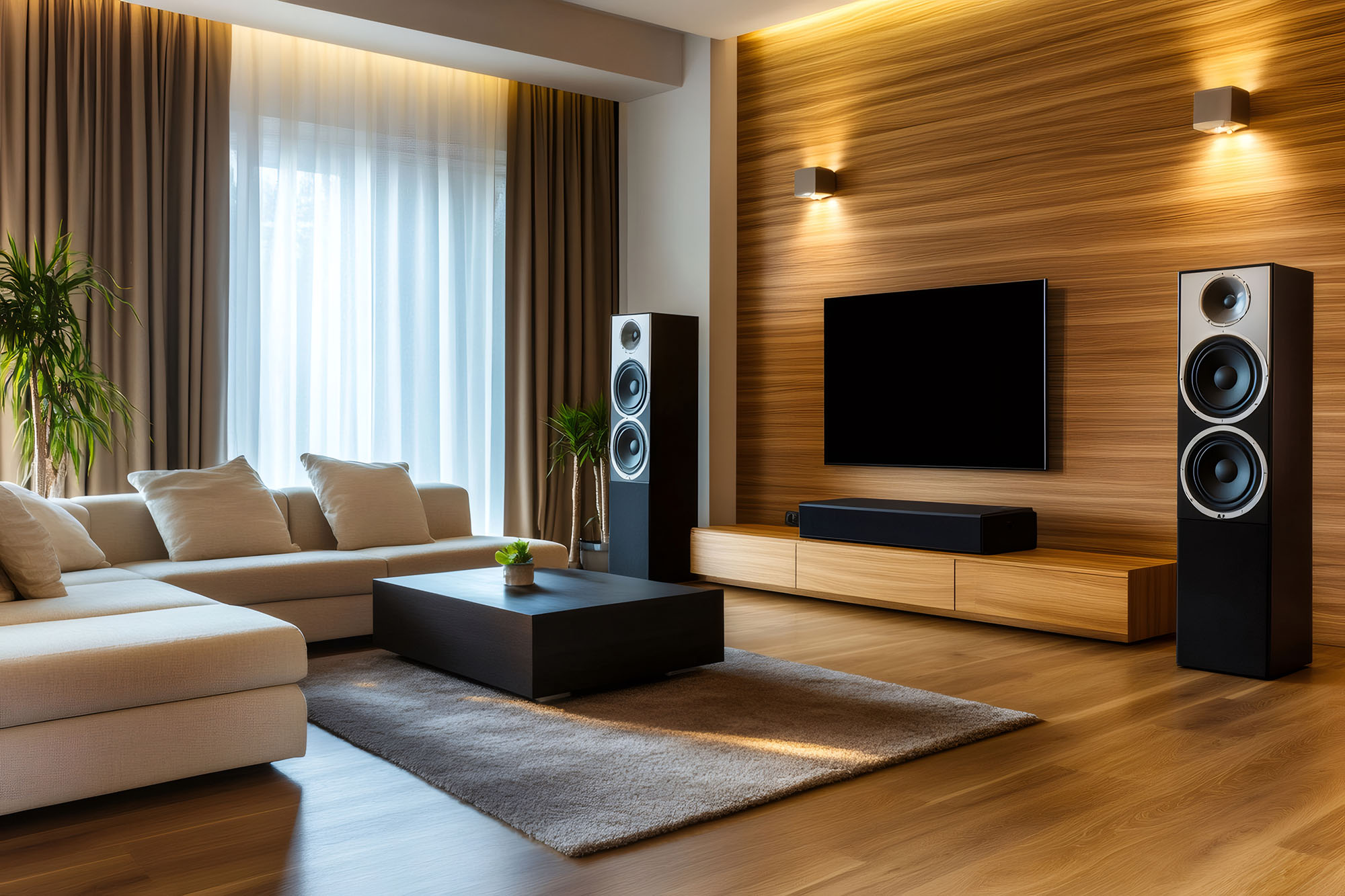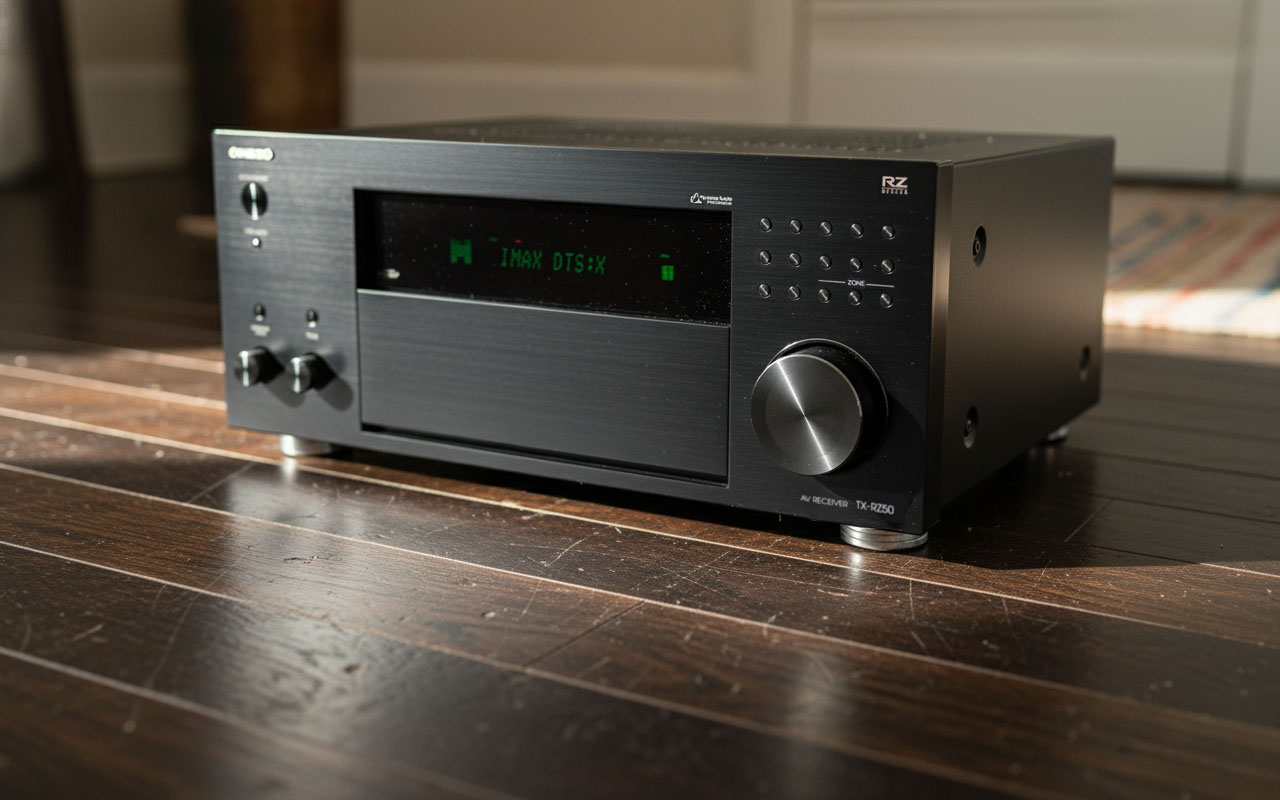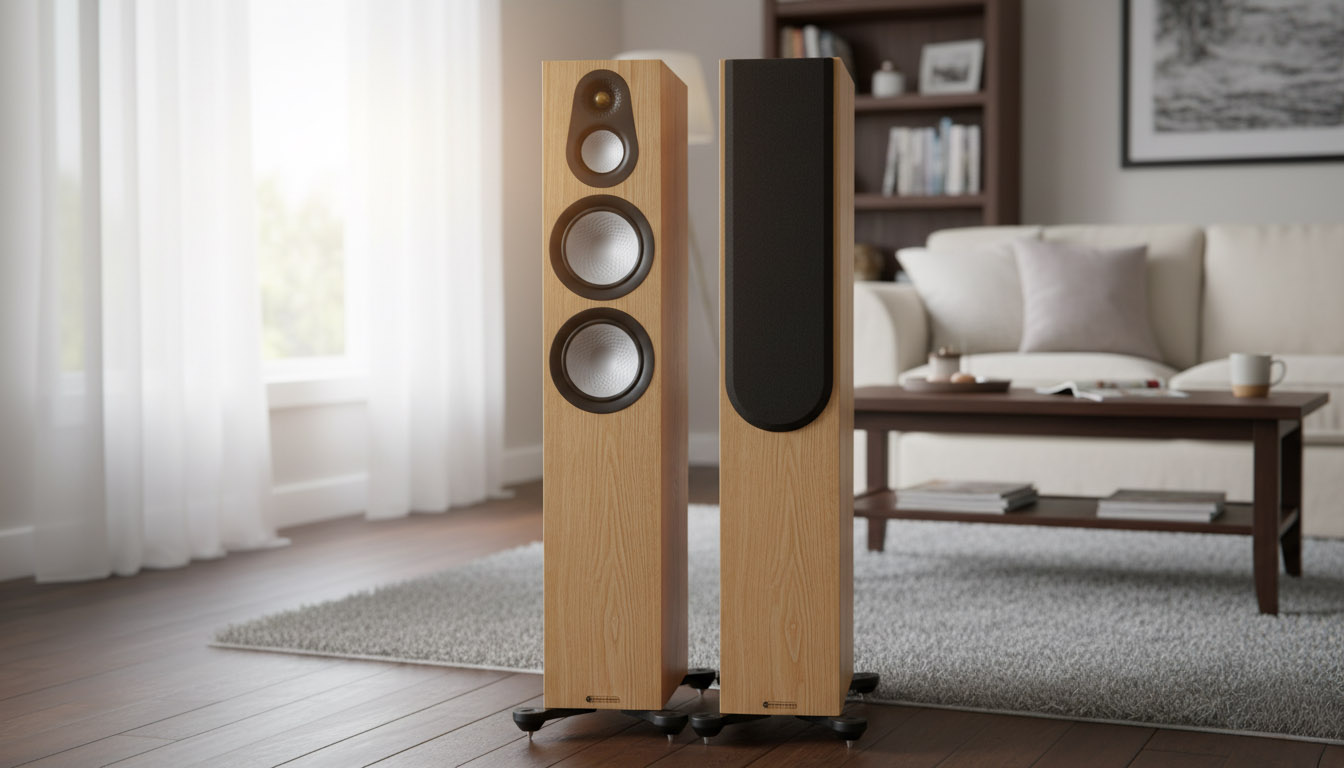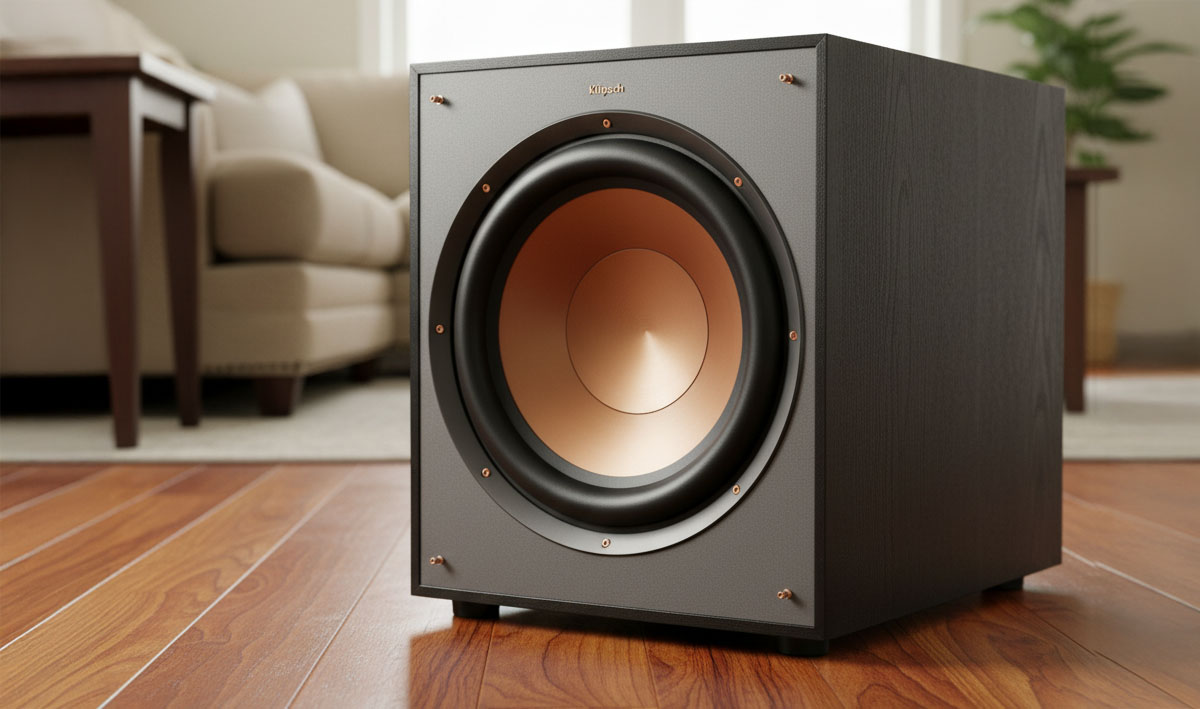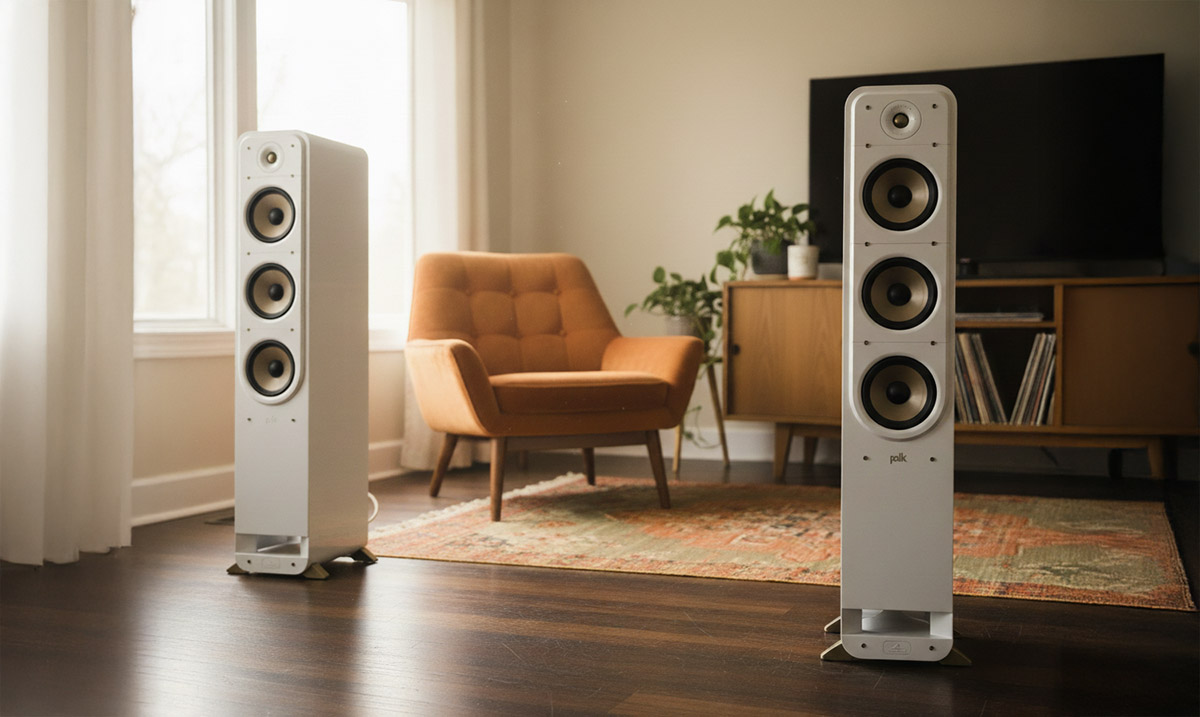Quick Take
The Polk Monitor XT10 is a friendly, plug-and-play way to add real weight to movies and TV without overhauling your room. Owners say it’s easy to live with, hits hard enough for apartments and small to mid-size living rooms, and blends well once you spend a few minutes with the controls. It won’t dig into true sub-30 Hz “feel it in your bones” territory like larger boxes, and the auto on/off can be picky at very low volumes, but for day-to-day viewing it delivers exactly the kind of “missing” low end people hope for.
Pros
![]() Taut, punchy bass that makes movie soundtracks feel fuller
Taut, punchy bass that makes movie soundtracks feel fuller
![]() Straightforward setup with level, crossover, and phase controls
Straightforward setup with level, crossover, and phase controls
![]() Compact cabinet that’s easy to place near the front stage
Compact cabinet that’s easy to place near the front stage
![]() Good day-to-day reliability and low noise at idle
Good day-to-day reliability and low noise at idle
![]() Plays cleanly at moderate listening levels in small and medium rooms
Plays cleanly at moderate listening levels in small and medium rooms
Cons
![]() Limited deep-bass output below the low-30s compared with bigger subs
Limited deep-bass output below the low-30s compared with bigger subs
![]() Auto-on may miss very quiet signals unless AVR sub trim and crossover are optimized
Auto-on may miss very quiet signals unless AVR sub trim and crossover are optimized
![]() Single sub only; adding a second often smooths bass across a couch
Single sub only; adding a second often smooths bass across a couch
Introduction
If your movies sound thin or your TV’s explosions feel like a light thud, a powered subwoofer is the single best upgrade you can make. The Polk Monitor XT10 sits squarely in the “make it easy” camp. It pairs a 10-inch long-throw driver with a compact, ported cabinet and a simple control panel, so first-time sub owners can be up and running in minutes. The pitch is simple: make dialogue sound more grounded, give music some body, and bring back the rumble in action scenes—without turning your living room into a lab.
Key Features of the Polk Monitor XT10
10-inch long-throw driver in a bass-reflex cabinet with a down-firing port. The cone area and excursion give you the air-moving capability you need for believable slam. The down-firing port boosts efficiency around tuning while keeping port noise pointed at the floor, which helps the bass feel smoother at the couch in typical front-wall placements.
Efficient Class D amplification. Class D power runs cool and stays consistent over a two-hour movie. In practice, the cabinet doesn’t heat up your media shelf, and the sub remains quiet at idle—something you’ll appreciate on late nights.
Flexible inputs and simple controls. With both LFE and stereo line-level inputs, the Polk XT10 Sub plays nicely with modern AVRs and older two-channel gear. The “big three” controls—level, a low-pass crossover adjustable from 40 to 160 Hz, and a 0/180-degree phase switch—are exactly what you need to dial a convincing blend. Five minutes here is the difference between “there’s a sub in the room” and “the whole system sounds bigger.”
Auto on/off for everyday convenience. The XT10 wakes when it senses signal and sleeps after inactivity. Daily use stays friction-free. If very quiet listening doesn’t trigger wake-up, nudging your AVR’s sub trim a dB or two usually does the trick; for late-night sessions you can switch the sub to always-on.
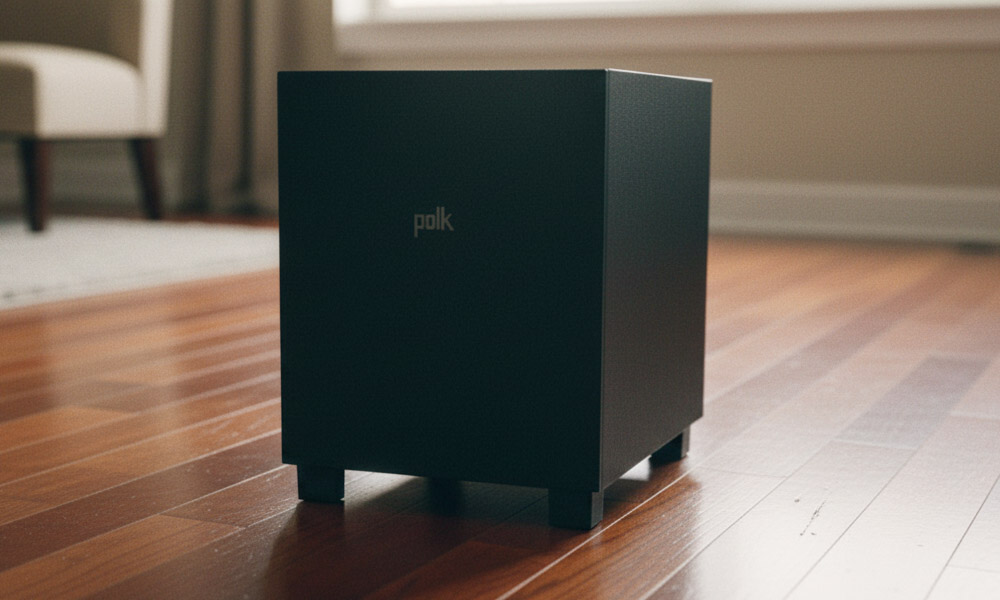
Compact, room-friendly footprint. At about 11.9″ W x 15.7″ H x 16.6″ D with a clean black vinyl finish and fixed feet, it tucks neatly beside a console or near the front wall. That makes placement easier in real homes and apartments where space is tight.
Rated bass extension down to 24 Hz. Think of this as reach rather than a flat, theater-grade 24 Hz hammer. In most rooms, the XT10 gives you convincing punch and a sense of depth while acknowledging that the very lowest effects are more suggested than floor-shaking.
RELATED: Polk Monitor XT70 Floorstanding Speaker Review
Sound Quality and Setup: What Owners Report
Most owners describe the same pattern. On day one, the Polk XT10 is a clear step up from TV audio or soundbars with tiny wireless subs. Gunshots, doors closing, and footfalls gain weight. Car chases feel like machines moving air rather than just loud midrange. Dialogue seems clearer too—not because the sub makes voices louder, but because your main speakers stop straining to produce bass and can focus on the mids.
Once people run their AVR’s auto-calibration and spend a few minutes on crossover and level, the bass tightens up. Start with an 80 Hz crossover for typical bookshelves or 60–80 Hz for towers. If you’re using the LFE input, let the AV receiver manage the crossover; if you’re using the stereo inputs, set the XT10’s dial just above the AVR’s number to avoid a gap. Listeners who sit on or near the back wall often find that placing the XT10 along the front wall and nudging it six inches at a time locks in the smoothest response. After calibration, dropping the sub level by one or two decibels often keeps voices natural.
There are honest limits. Compared with bigger boxes or 12-inch subs, the XT10 won’t fully pressurize very large, open-plan rooms, and the last half-octave of infrasonic rumble on certain movies is more implied than forceful. Some owners mention that the auto-on circuit can be sleepy with very quiet late-night listening; bumping sub trim or choosing always-on solves it. Within its size class, though, the Polk XT10 stays composed, tuneful, and easy to blend—especially at the sensible volumes most families use.

Insights that help you get more
- Mid-wall magic: Placing the sub near the front-wall midpoint often balances left-right room modes better than a corner. It’s not glamorous, but it frequently delivers the smoothest bass across a couch.
- Use the “crawl,” then refine: The classic subwoofer crawl gets you into the ballpark, but a final six-inch nudge forward or inward can tame a stubborn 50–70 Hz bump that auto-EQ sometimes leaves behind.
- Night mode vs. sub level: If late-night dialogue feels thin with night mode engaged, try lowering the sub trim a dB instead of raising center channel. This keeps voices clean while stopping bass from “blooming” at low volume.
- Down-firing perks: Because the port vents downward, moving the XT10 onto a thin rug or isolation pad can soften port turbulence reflections on hard floors and slightly smooth the upper-bass transition.
- Two small subs beat one big one: In medium rooms, dual XT10s placed at front-wall quarter points can deliver more even bass than a single larger sub, often at similar real-world loudness.
Who Is It For?
Choose the Polk Monitor XT10 if you’re building a first home theater around bookshelf speakers, if your room is apartment-sized to medium, or if you watch at moderate levels and want the system to feel fuller without drawing attention to the sub. It’s a good fit for family rooms where the sub must live near a console or media wall and needs to behave at night.
Tips for Better Results
- Start the AVR crossover at 80 Hz for bookshelves or 60–80 Hz for towers; use the LFE input so the AVR controls the crossover.
- Place the sub near the front-wall midpoint first, then slide it a foot at a time to smooth boomy spots; keep it a few inches off the wall.
- Run your receiver’s room correction in a quiet room and take all suggested mic positions.
- After calibration, listen for a night or two before tweaking. If voices are thin, reduce sub level 1 dB; if bass calls attention to itself, move the sub a few inches and re-run correction.
- If auto-on misses quiet scenes, raise AVR sub trim slightly or switch the sub to always-on for late-night viewing.
- On hard floors, a thin rug or isolation feet can reduce buzz and footfall coupling.
Alternatives to Consider
Klipsch R-120SW (12″, ported). More output and deeper extension in larger rooms thanks to the bigger driver and cabinet. Trade-off: bigger footprint and, in some rooms, a looser low end unless placement and settings are dialed. Choose Klipsch if you want more “feel” at the main seat and have space.
JBL Stage A100P (10″, ported). Similar size to the XT10 with a lively, punchy signature. Many buyers report a bit more heft at higher volumes; the Polk is often described as slightly more polite and easier to blend in smaller spaces.
BIC F12 (12″, ported). The classic budget “big box” that moves air. It can reach lower and louder when pushed, though the cabinet is larger and placement takes more care to avoid boom. If your room is big and you want value per cubic inch, it’s a rival to audition.
If you anticipate a bigger space later or crave more sub-30 Hz content, stepping up to a 12-inch model is smart. If your priority is an unobtrusive cabinet that integrates easily today, the XT10 holds its ground.
Final Thoughts
The Polk Monitor XT10 aims for “make everything sound better” rather than “win the SPL war,” and it mostly nails that brief. It’s compact, predictable, and friendly to set up. In small and medium rooms, it adds the missing body to voices and the punch to effects without drawing attention to itself. Sure, you can buy deeper extension and higher output by going larger, but you’ll also wrestle with bigger boxes and trickier placement. If your daily viewing happens at reasonable volumes and you want your system to feel complete, the XT10 is an easy recommendation.
Frequently Asked Questions
Will this work in a large, open-plan room?
It’ll help, but for truly open spaces you’ll likely want a 12-inch or dual-sub setup for more even coverage and deeper extension.
Do I need one or two subs?
One is fine for a single seat. Two subs, placed in different spots, usually smooth bass across a wide couch and reduce hot spots and dead zones.
What crossover should I use?
Start at 80 Hz for most bookshelf speakers. If your mains are large towers, try 60–80 Hz. Trust your ears after calibration.
Why does the sub sometimes not wake up?
Very low late-night listening can fall below the auto-on threshold. Raise the AVR sub trim slightly, or switch the sub to always-on for those sessions.
Can I use it just for stereo music?
Yes. Many owners enjoy the XT10 under a two-channel setup to add warmth and foundation at moderate listening levels.
Will it shake the walls for action movies?
It delivers a solid punch for apartments and small to mid-size rooms. For heavy, couch-shaking low-20s effects at high volume, consider a larger sub.
Teksignal.com participates in the Amazon Services LLC Associates Program, an affiliate advertising program designed to provide a means for sites to earn advertising fees by advertising and linking to Amazon.com. The reviews on this site are hands-off consensus reviews. We analyzed owner feedback across the internet and manufacturer documentation. We summarize sentiment; we do not republish individual user posts.

